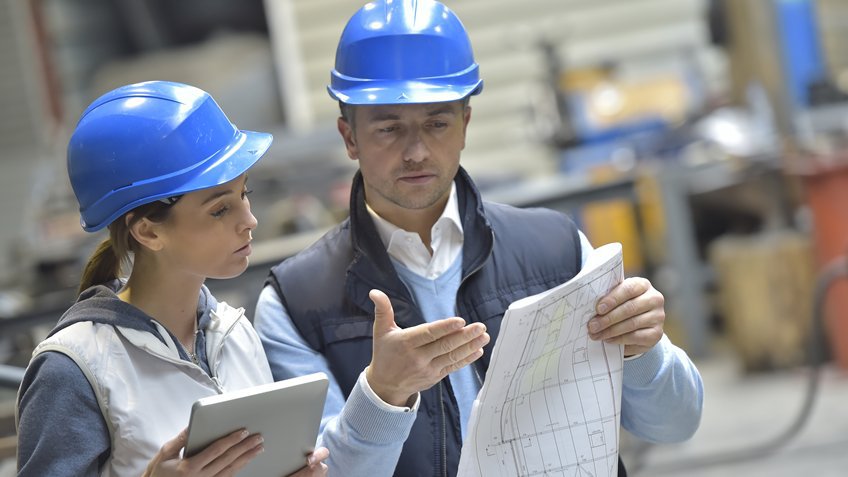Recommended For You
A growing labor pool is critical to a growing economy
Availability of workers – particularly skilled workers – improves productivity and reduces costs. In turn, the reduced cost of goods improves sales and profits. However, major demographic and cultural shifts occurring today are reducing the availability of the manufacturing and industrial workforce throughout the globe.
Dealing with these shifts requires a multifaceted approach, impacting machinery design in significant ways to improve worker safety and productivity.
- In the United States, one-third of workers are over age 50 and the average skilled worker is 56. The U.S. faces a shortfall of about 875,000 skilled workers by 2020.
- In China, the over-65 population is expected to reach 210 million by 2030 and will account for one-fourth of the country's population by 2050. In anticipation of the looming workforce shortage, China abolished its one-child policy in 2015.
- In Europe, the Europe 2020 Strategy aims to increase the employment rate to 75 percent for people aged 20 to 64. But for this to happen, European citizens will need to work longer and pension reforms will be required to facilitate extending older workers' time in the workforce.
- In Latin America, birth rates have plummeted to nearly one-third of 1960 levels, reducing labor availability in those countries.
These shifts will continue in the coming decades, impacting companies' productivity and worker safety in significant ways. Meanwhile, the global GDP growth rate is expected to decline from 3.6 percent to only 2.1 percent for the next 50 years. It will require 80 percent faster productivity growth to compensate for the projected decline.
Because the availability of skilled workers is shrinking globally, methods such as offshoring and workforce relocation become less effective. Instead, companies will need to take a multifaceted approach.
Supporting a Changing Workforce
The workforce of the future will be increasingly diverse. For example, while a worker on one shift may be a 32-year old, 5'9”, right-handed male, the second operator may be a 55-year old, 5'1” left-handed female. Another may be someone with a pre-existing back problem.
Manufacturers and industrial operators must address the wider range of needs that will come with this changing workforce.
Younger and less-experienced workers are more frequently injured and tend to have more acute, serious injuries. This can be due to inexperience, and cognitive and developmental characteristics. On the other hand, older workers are at higher risk for musculoskeletal and repetitive stress injuries. Injuries in older workers also often require longer recovery periods and can end their careers, and with it their availability to contribute to their employer.
Another issue of concern is maintaining a strong safety culture amid pressures to increase production. There is a strong tendency for workers who are under such pressure to take shortcuts. But an injury resulting from a shortcut can easily cost much more in lost production and revenue than the small increase in production that the shortcut hoped to achieve.
The Role of Machinery Design
Manufacturers must maximize the productivity of each worker hired, while helping to create a safety-conscious and desirable workplace to retain workers and fulfill their social responsibilities. Machinery design affects these issues in significant ways.
Designing machinery that maximizes safety, productivity, and adaptability to a diverse workforce will be critical to the long-term viability of manufacturers, and will help protect machine builders from liability risks and lawsuits.
Manufacturers must adopt a machinery safety philosophy that addresses what we refer to as the 3 C's: cultural (behavioral), compliance (procedural), and capital (technical) aspects.
Published May 23, 2016


